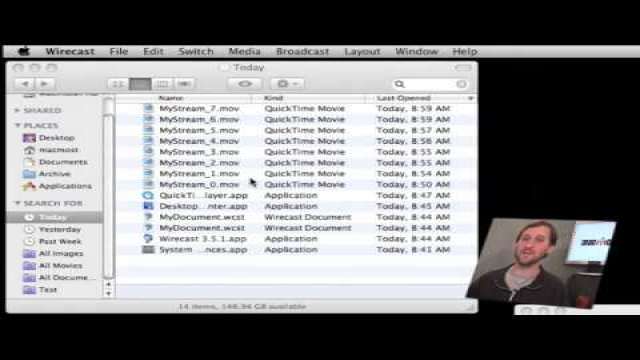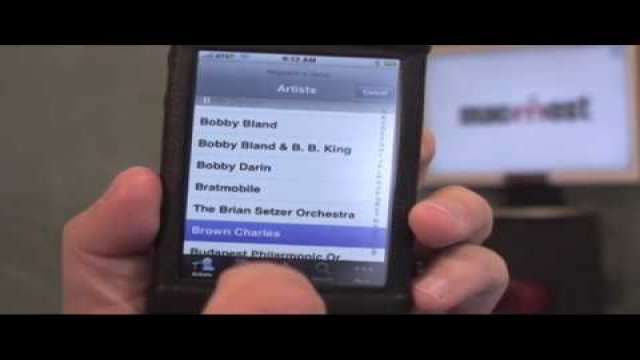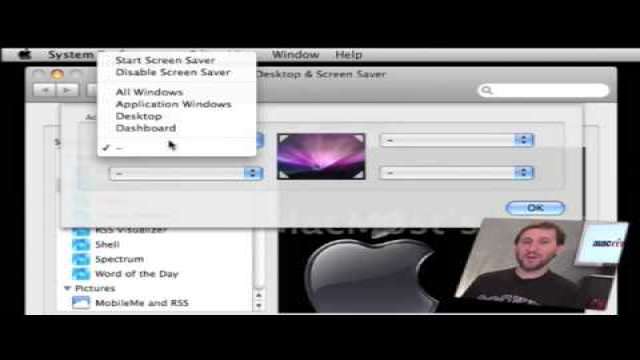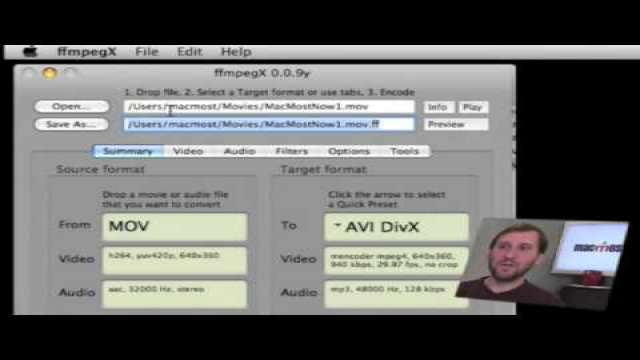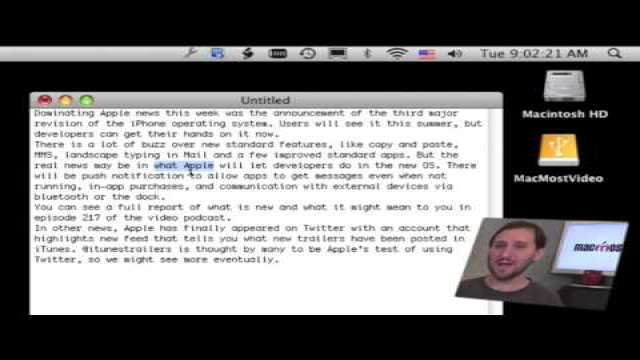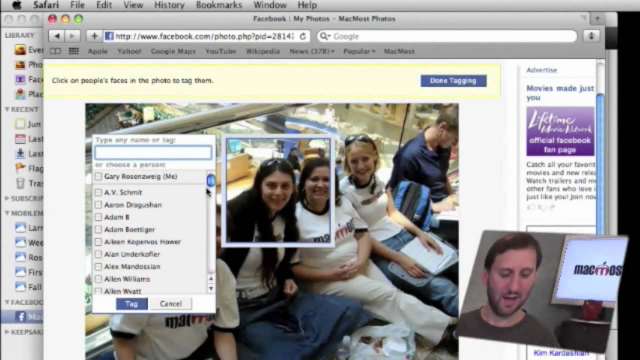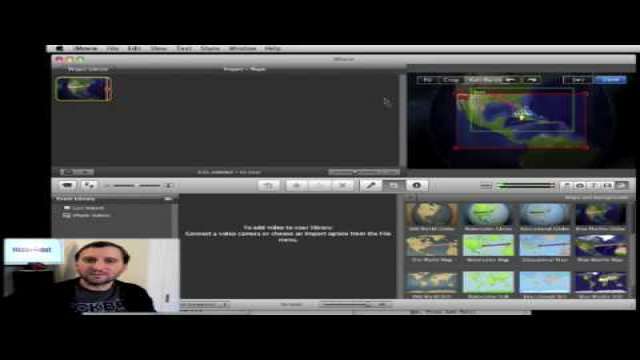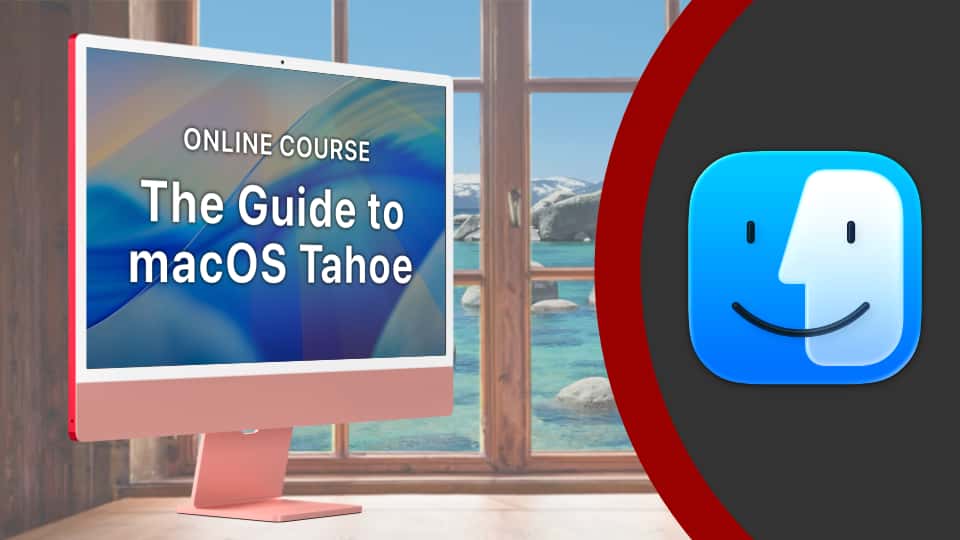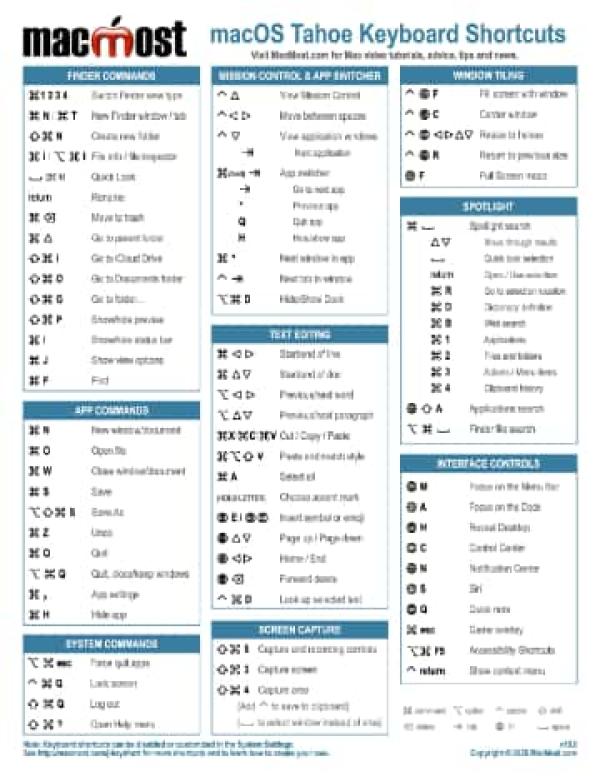Apple issued its quarterly report yesterday showing a $1.21 billion profit and an increase in iPhone and iPod sales. However, Mac sales were down three percent compared to the same quarter last year. More than 2 million Macs were sold in the quarter, with a majority being laptops.
iPod sales continue to be strong, with more then 11 million sold and a 70 percent market share. Almost 800,000 iPhones were sold as well, with more then 21 million iPhones in use today. Apple also had more than $1 billion in revenue from music and related products, probably mostly iTunes music sales.
In other news, several news agencies are re-reporting the existence of a trojan horse virus that was discovered months ago. The trojan came with hacked versions of iWork 09 found on bit torrent networks. While the trojan is real, it is only a concern if you downloaded an infected illegal copy of iWork 09. Those purchasing iWork from Apple or downloading the demo from Apple are not affected. This makes it a very different situation from Windows users getting infected with viruses through innocent acts of surfing or downloading seemingly legitimate software.
If you aren't using Time Machine to back up your Mac, then it is time to start. Here are some options for a Time Machine backup drive.
In news this week there are reports that Steve Jobs is still very much in charge at Apple, just like he said he would be. Apparently he approves anything major and is involved in design decisions for new and updated products.
One of those might be the upcoming release of Mac OS X 10.5.7, which seems like it could happen any moment now. Reports are that new beta versions are coming out quite often and the new version is expected to appear in Software Update very soon.
Conflicting reports suggest that Mac sales slowed a bit in the first quarter. One report states that market share dropped from 8 to 7.4 percent, while another claims a growth of 7.4 to 7.6 percent. Everyone seems to agree that Apple didn’t gain any ground on its PC rivals. The difference may be in the continued strong sales of netbooks, of which Apple doesn’t have a competitor.
In iPhone news, reports say that Apple and AT&T are working on an update to their original exclusive contract. Some suggest that Apple may make the iPhone non-exclusive to AT&T, while other reports say that the exclusivity will be extended.
I think one of the greatest strengths of the Mac is the software that comes with a new one. Along with standard Mac OS X applications like Mail, Safari, iCal, Address Book and TextEdit, you also get the iLife suite with iMovie, iPhoto, iDVD, GarageBand and iWeb. This takes care of a lot of needs right out of the box. For instance, you can audio and video podcast and make home DVDs without investing in any other software.
But Apple can still do better, and without much effort. Here are a few programs that I think can be easily added to new Macs to sweeten the deal.
1. Since the death of MacPaint, Macs have come without any way to simply draw. A simple program that allows one to draw lines, shapes and edit bitmaps would be a huge plus. Pros would still go to pro software for this, but a casual user could have lots of fun drawing and editing clipart. So I would suggest ImageEdit as a companion to TextEdit.
2. Seems like a lot of people need a very simple FTP program. I just did a video podcast on FTP with Cyberduck, an open source option. But the Finder can actually be used to download from FTP servers. It would be a logical extension of the Finder if you could open a window that was a full FTP connection to a server, as you can do with afp, smb and iDisk. Then you wouldn’t need an FTP program for a quick upload. Support for SFTP amd FTP with SSL would be a mist as well.
3. The Apple II was fascinating because it has Apple Basic. You could program it. The original Mac had Hypercard, which allowed aspiring developers to get their feet wet. The current Macs have Xcode, which is for serious and experienced developers only. Or, you could drop down into Terminal and do some hard-core programming there. But a simple Hypercard-like programming environment would go a long way to getting young people and “tinkerers” hooked on Macs. Since Safari and the Dashboard use JavaScript, and that is a well-documented and supported language, it seems that this would be a natural choice. So some sort of JavaScript programming environment that could produce stand-alone apps and Dashboard Widgets would be a huge plus for Macs both at home and for schools.
4, 5 and 6. Wouldn’t it be great if all Macs came with a word processor, spreadsheet program and presentation software? Well, they almost do. You just have to pay a little extra for iWork. But what if iWork came with every Mac? Which would make more money for Apple: ask people to pay $79 to get iWork, or give iWork away like they do iLife and ask people to pay for the next version. I think they would get more with the “first one is free” iLife model. Plus they would sell more Macs by being able to advertise that Macs come with the pro office suite while PCs charge extra for it.
Also, I think iWork is actually more iEducate. Those three applications probably get as much if not more use among students than among office workers. Pages is used to write papers, and Keynote is used throughout education. Apple even teaches Pages to elementary school students at its “camp” programs.
So there are my six picks. What apps would you like to see come standard with all Macs?
Here at MacMost we get questions all the time: questions about how to do things on Macs, iPods and iPhones, questions about the latest news and rumors, and questions about problems people are dealing with. We figured out a long time ago that we can’t answer all of the questions on the video podcast. Answering the questions by replying to email messages or comments doesn’t really reach others who may also have the same question.
So we’ve started a new podcast called MacAnswers. This is a short audio podcast where each episode answers one simple question.
You can subscribe to the podcast using iTunes and receive new episodes as they are released. We hope to produce about 5 episodes per week.
You can also participate by asking questions. We look forward to answering them!
This week Apple completed the transition of the iTunes store to DRM-free music. So now all music you purchase is without DRM that will lock it only to your computers and iPods. With this change comes variable pricing, meaning that many new songs are now $1.29 instead of the traditional $0.99.
At first, many complained that these same songs were available from other sources like Amazon.com without DRM for only $0.99. But soon Amazon also increased their prices making the two stores in parity.
Anyone who bought copy-protected music at iTunes in the past can now upgrade those songs to the DRM-free versions for a price. Log onto the iTunes store in the iTunes application to see if any of your music is available for upgrade.
It looks like in order to make the music store completely DRM-free, some music has been removed. One can speculate that Apple was unable to get the rights to distribute those songs without DRM.
In other news, Apple released new server hardware this week. The new rack-mountable Xserves feature new processors, drives, memory and lots of options.
We’ve got some firm dates on upcoming Apple events. The Worldwide Developers Conference is scheduled for June 8 to June 12. The 2010 MacWorld Expo will go from February 9 to February 14, a break from its traditional January dates.
The WWDC is significant this year as it is bound to be either the announcement of a release date for Mac OS X Snow Leopard or perhaps even the release date itself. MacWord Expo in 2010 will be without any Apple involvement.
Late last week there were some updates to iLife, including some small new features in iMovie 09 like the ability to add a map location not on the list, and the addition of HD (1280×720) to the default export options.
Thsi week, Skype released an official iPhone app that allows you to make Skype calls from your iPhone as long as you are on a WiFi network. And DirecTV now has an app that lets you set your DVR to record a program while away from the house. Both apps are free.
Not much in news this week, so lets focus on rumors. We must be getting closer to the release of Snow Leopard (Mac OS X 10.6) because rumor sites are beginning to speculate on release dates. In this article at AppleInsider there is talk of a new interface look, getting closer to glass black as seen in the iPhone. Makes sense to me.
As for a release date, speculations point to an Apple Worldwide Developers Conference in mid-June, which would be a good time to show off Snow Leopard to developers and then release it sometime later in the summer to the public. That’s a lot of ifs, though.
With iPhone 3.0 a fact, not a rumor, the iPhone rumors turn to new hardware. A strong and realistic rumor is that a new model later this year would feature a better camera, capable of taking video. Having an iPhone that can compete with the Flip cameras would be a killer app for many people.


